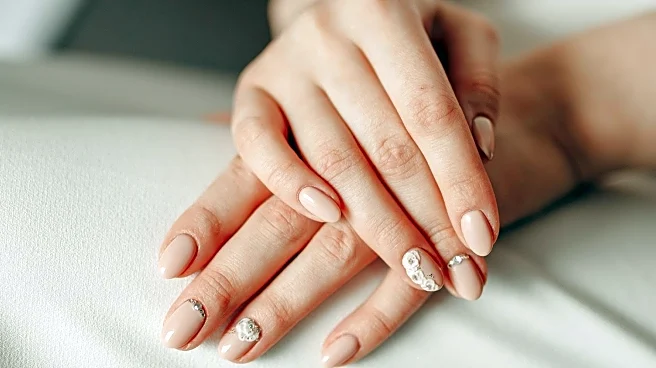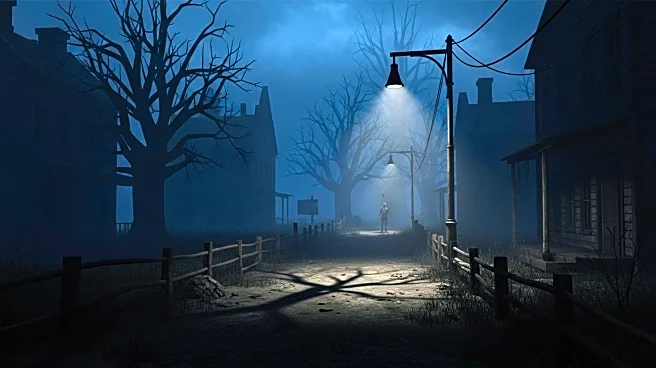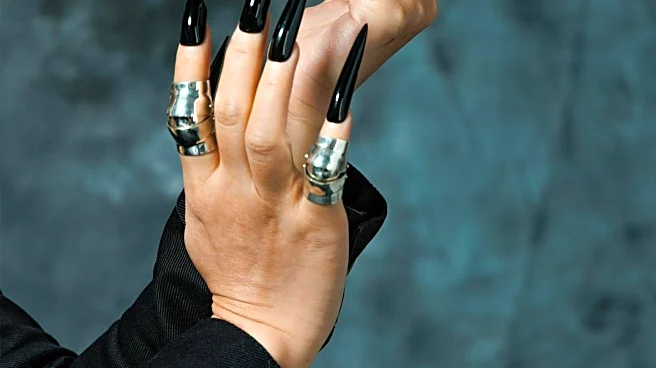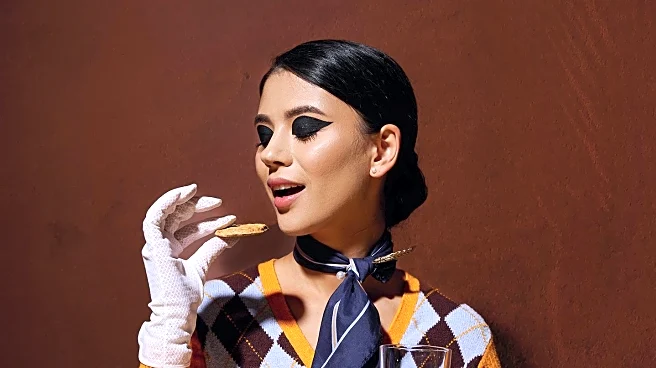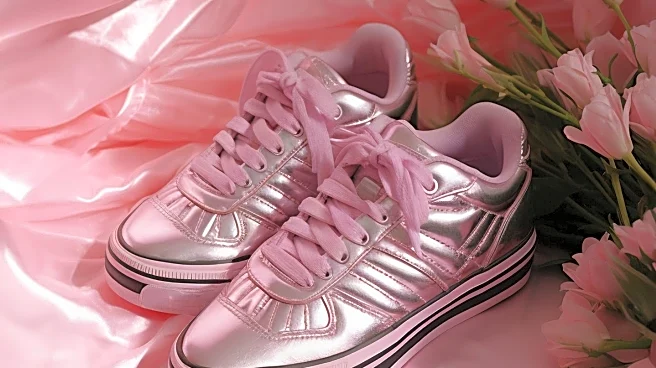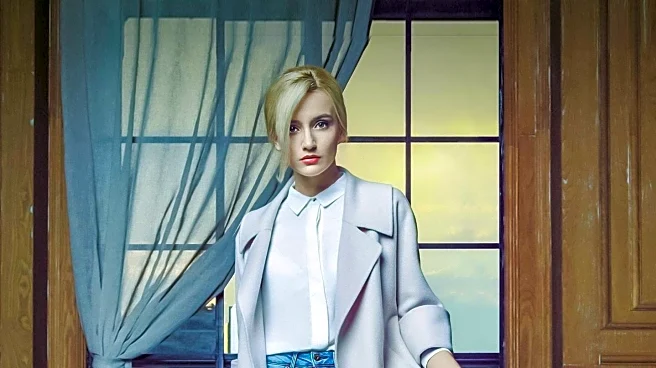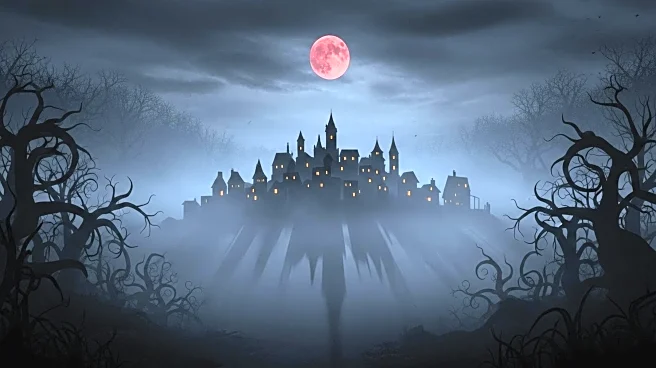What is the story about?
What's Happening?
The Tabi nail trend, inspired by the iconic Tabi shoe design, is causing a stir in the fashion world. Originating from 15th-century Japan, the Tabi shoe gained popularity when Maison Margiela introduced it to the runway in 1988. The nail trend mimics the shoe's cloven shape, with nail extensions featuring narrow vertical splits. Nail artists are experimenting with various designs, from animal hoof vibes to classic French tips. The trend has polarized opinions, with some fashion editors expressing strong feelings about its divisive aesthetics. While some appreciate the creativity, others find the split nail design unappealing.
Why It's Important?
The Tabi nails trend reflects the ongoing influence of historical and cultural elements in modern fashion. It showcases the creativity and adaptability of fashion trends, as designers and artists draw inspiration from diverse sources. The debate surrounding Tabi nails highlights the subjective nature of fashion and beauty standards, emphasizing how personal preferences can vary widely. This trend also underscores the role of social media in amplifying niche fashion movements, as platforms like TikTok contribute to their visibility and popularity.
What's Next?
As the Tabi nails trend continues to gain attention, it may inspire further innovation in nail art and design. Nail artists might explore new materials and techniques to enhance the Tabi aesthetic. The trend could also lead to collaborations between fashion brands and nail artists, creating unique collections that blend footwear and nail art. Additionally, the ongoing debate may prompt discussions about the boundaries of fashion and the acceptance of unconventional styles.
Beyond the Headlines
The Tabi nails trend raises questions about cultural appropriation and the commercialization of traditional designs. It invites reflection on how fashion can honor cultural heritage while adapting it for contemporary audiences. This trend also highlights the evolving nature of beauty standards, as unconventional designs challenge traditional notions of aesthetics.
AI Generated Content
Do you find this article useful?
